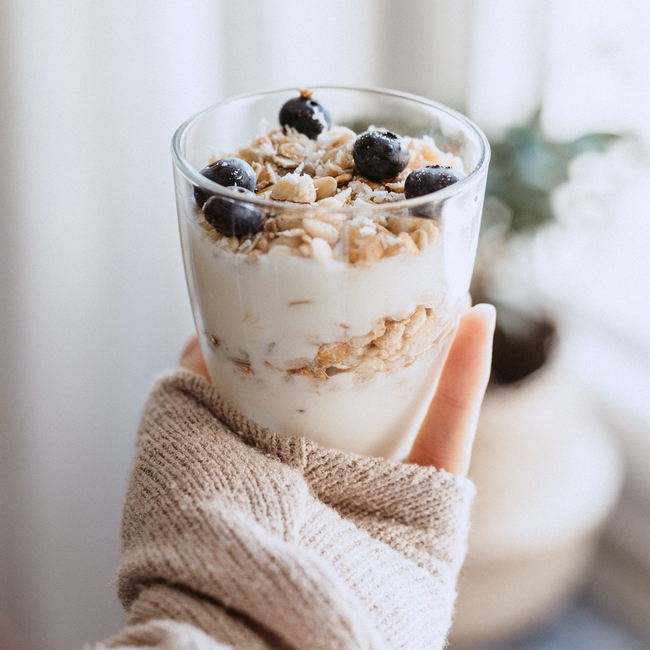Scientists make the first large-scale estimate of live microorganisms consumed in the U.S. diet
Our diets provide us with the building blocks we need to stay healthy and fight disease. The nutrients in foods and beverages can be tallied up to know if we are getting what our bodies need. Yet what if a nutrient has been overlooked? For instance, friendly microbes in raw and fermented foods have not been measured as part of our diets — until now.
“Ultimately we want to understand if there should be a recommended daily intake of these microbes to keep us healthy, either through the foods or from probiotic supplements,” said Maria Marco, a professor in the food science and technology department at UC Davis. “In order to do that, we need to first quantify the number of live microorganisms we consume today in our diets.”
Marco co-authored a new study with a group of scientists that examined the number of living microbes per gram of more than 9,000 different foods consumed by nearly 75,000 adults and children. It found that around 20% of children and 26% of adults consumed foods with high levels of live microorganisms in their diet. Both children and adults increased their consumption of these foods over the 18-year study period. The study, published in the Journal of Nutrition, is the first large-scale estimate of how many live microbes are consumed by Americans every day.
“This trend is going in the right direction. Exposure to friendly microorganisms in our foods can be good for promoting a healthy immune system.” said Marco.
Foods for gut health
Study authors examined the National Health and Nutrition Examination Survey to create the estimate. The health and dietary database contains extensive information on the foods consumed by Americans daily. Food science and fermentation experts assigned each food an estimated range of live microbes per gram, creating categories of foods with low, medium and high levels of live microbes. Foods in the high category included fermented dairy foods such as yogurt, fermented pickles and kimchi. Fresh, uncooked fruits and vegetables were also good sources of live microorganisms, represented in the medium category.
The analysis was funded by a grant from the International Scientific Association for Probiotics and Prebiotics, or ISAPP. The microorganisms quantified in this study are not necessarily probiotics.
“By definition, a probiotic must be well-defined and have a demonstrated health benefit at a quantified dose. Live microbes associated with food as a category, however, do not generally meet the criteria of a probiotic,” said corresponding author Mary Ellen Sanders, executive science officer for the ISAPP.
The publication is part of a larger global effort to determine how live dietary microbes might contribute to health.
“There is no doubt that the microbes we eat affect our health. When we think of microbes in our food, we often think of either foodborne pathogens that cause disease or probiotics that provide a documented health benefit,” said co-author Colin Hill, a professor of microbial food safety with University College Cork, Ireland. “But it's important to also explore dietary microbes that we consume in fermented and uncooked foods. It is very timely to estimate the daily intake of microbes by individuals in modern society as a first step towards a scientific evaluation of the importance of dietary microbes in human health and well-being.”
Other scientists co-authoring the paper were ISAPP board members Robert Hutkins, Dan Merenstein, Daniel J. Tancredi, Christopher J. Cifelli, Jaime Gahche, Joanne L. Slavin and Victor L. Fulgoni III.
Editor's note: Maria Marco is affiliated with UC Agriculture and Natural Resources as an Agricultural Experiment Station faculty member.
